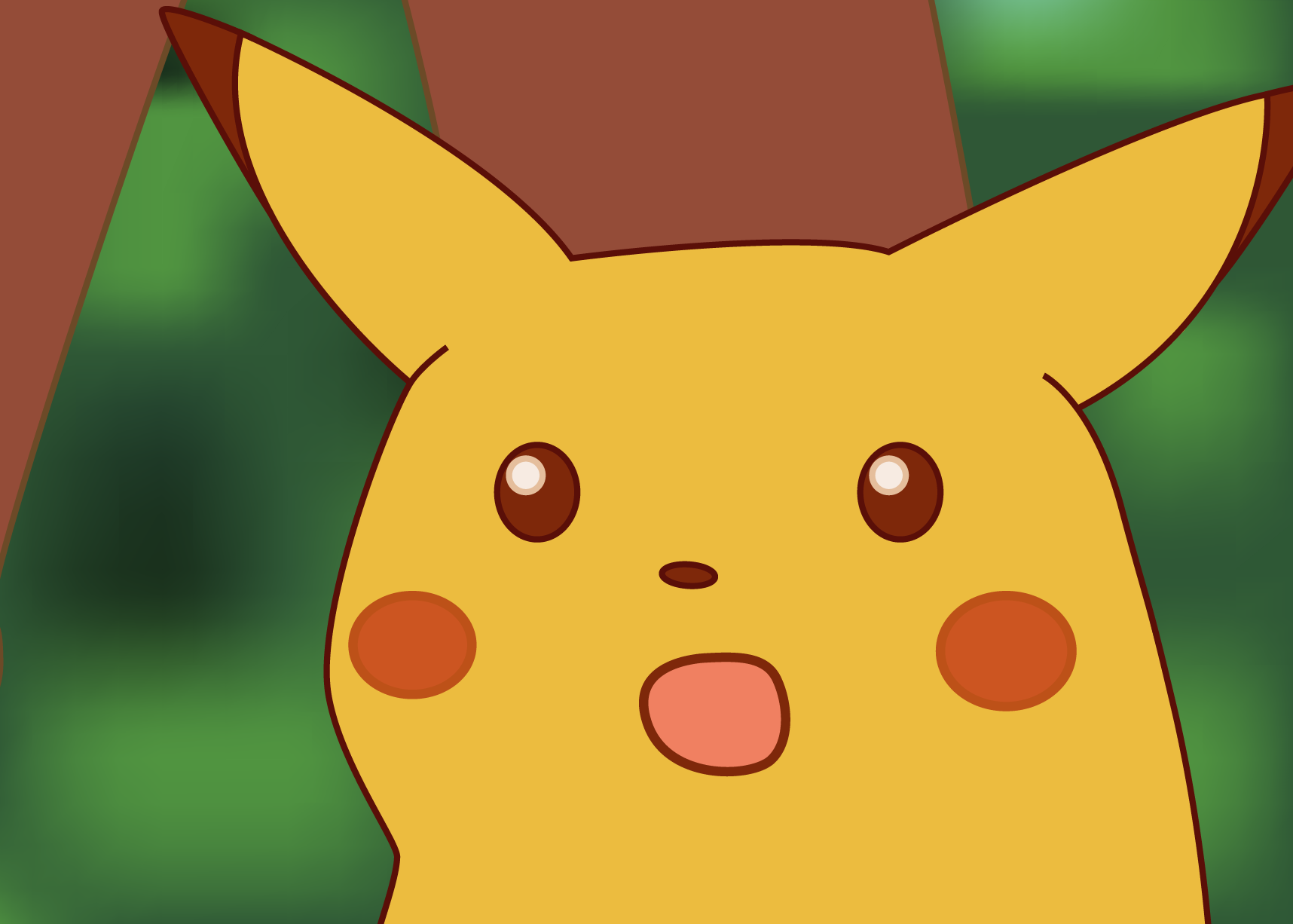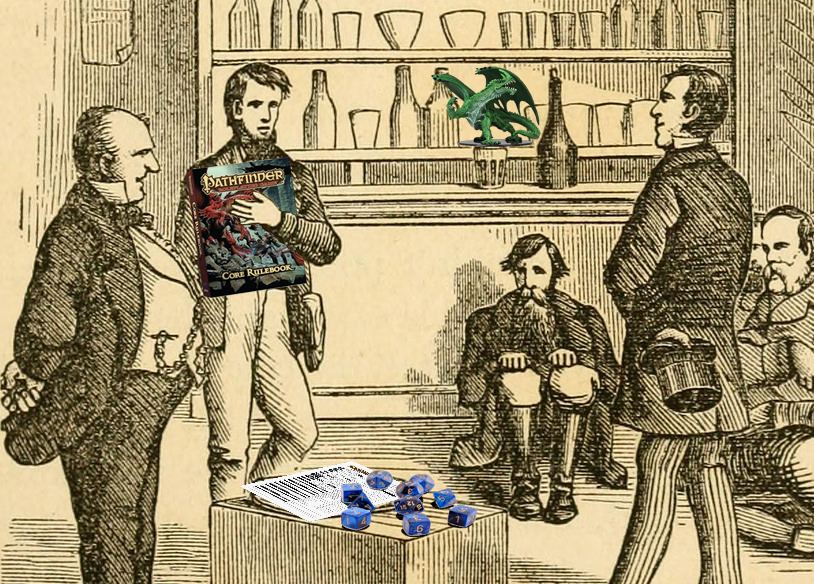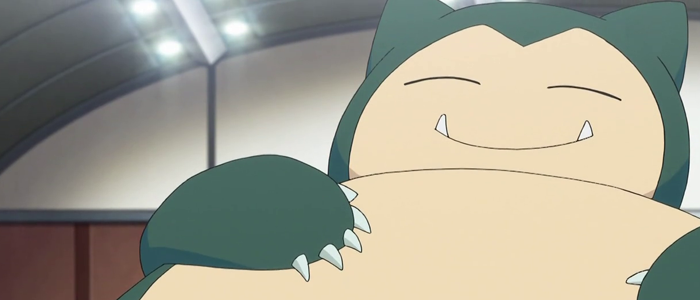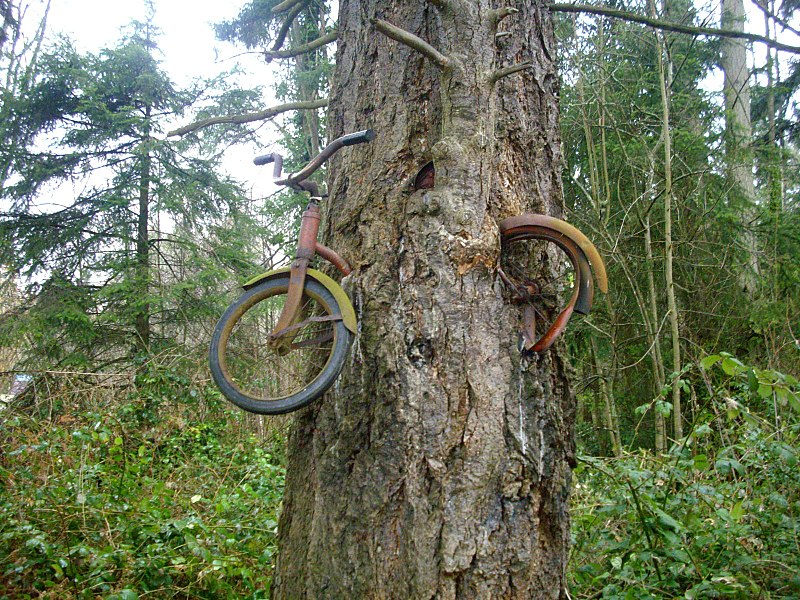Hi, my name is James and welcome to Code/Switch, today I want to talk about evolution. Not the 2001 David Duchovny film, but the scientific theory of evolution. In doing some work for the next parts of our Create Demiplanet series on KD: B (Check ep 1 here), I spoke with some people regarding how species come to be, and if my concepts were plausible. While I’m not going to talk about the species until the next show, I do want to talk about evolution, what it is, and how it may apply in fantastical settings like those presented in Pathfinder and Starfinder.
It’s almost easier to start by talking about what evolution isn’t, rather than what it is. Evolution isn’t done to reach a perfect state, it doesn’t happen to individuals, it is continuously happening, and it doesn’t value history. Evolution is the change in characteristics of a population over successive generations. Evolution can be impacted by a wide variety of factors; mutations, genetic drift, sexual selection, niche specialization, competition, and many others. Life itself tries to be as energy efficient as possible, so creatures generally don’t gain traits that make their survival and reproduction more difficult or resource intensive than it needs to be. In addition to this some characteristics, whether they’re expressed or not, are negligible in terms or survival or energy cost and aren’t selected out over time.
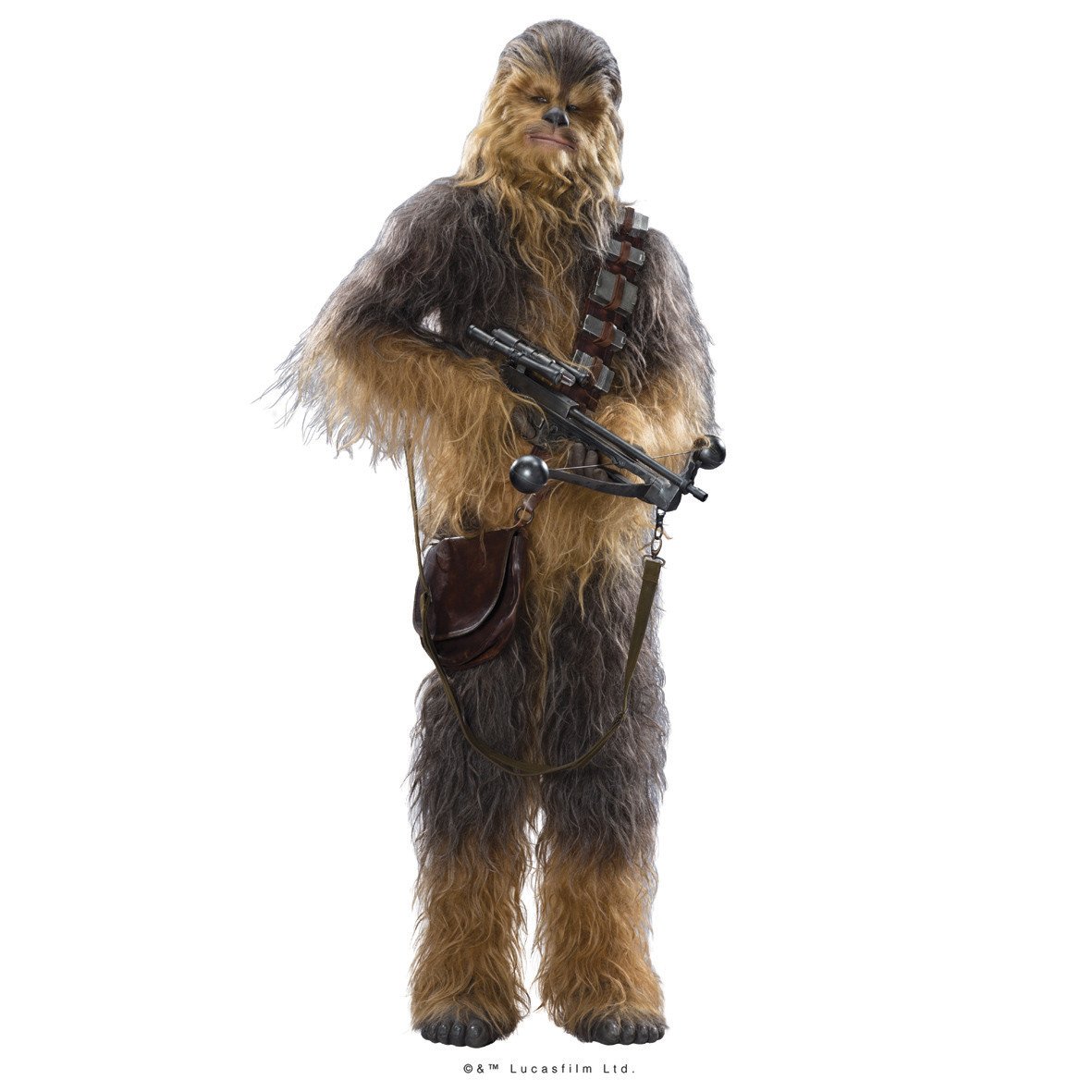
Like if chewbacca had a little party hat under his fur, hes not expressing it, but its so insignificant resource wise, his kind still grow it.
Knowing these ideas about the theory of evolution we can identify species that are more realistic than others in a fantasy or sci-fi setting. While Golarion itself is amazing in its capacity for life, many fantasy races like Halflings, Ratfolk, Orcs, Tengu, and Kitsune all seem to have factors that would make their species continued survival unquestionable if current conditions continue, like Golarion not being launched into the sun. The age at which these species reproduce ensures that under current conditions these species can maintain their populations, if not grow. They’re all tool using, sapient races capable of building complex societies. The advantages of society is usually able to ensure the continued survival of a species as long as you can reproduce quickly enough or aren’t rushing towards annihilation, like, so far humanity is fine.
Keeping these ideas in mind, when making species for settings you should ask yourself a few questions; 1. How did this species survive against other hostile species before the start of complex tool use? 2. What was the environment of the species ancestors? 3. What diet have this species ancestors had? 4. Does the species exhibited or latent characteristics improve the creature’s chance for survival or reproduction? All these questions should target the prehistory of the species, as the things that they can change via tool usage later on can create new selective traits or lose traits conductive towards pre-historical survival.
Doing this for humans your list might look something like this:
- Humans lived in groups and have the ability to throw projectiles with force. They also have incredible endurance, able to run down prey over long periods of time. Humans also walk upright, enabling them to see threats skulking in low covers, and are able to climb to avoid threats unable to climb.
- Grasslands and temperate forests, expanding outwards to other biomes as technology and available resources allowed.
- Originally herbivorous, eventually becoming omnivores and later cooking foods once the technology became available.
- Humans mostly hairless skin allows for increase production of Vitamin D, a necessary nutrient. Humans skin variable coloration allows for control of UV damage balanced against Vitamin-D production. The human tailbone is vestigial, from an ancestor which had a tail.
Hopefully this can be helpful in making fun and believable species for your games. The caveat of “Gods did it” is always in play, but by answering these questions and keeping how the theory of evolution works in your mind, you should be able to think of explanations for cool/weird/creepy traits that don’t rely on divinity, unless divinity is your jam. You can find me and all the other KD members at our Discord, come say hi.

